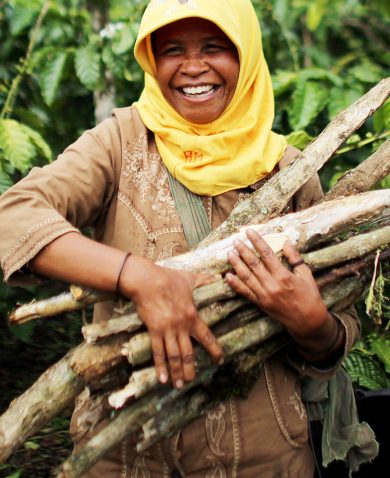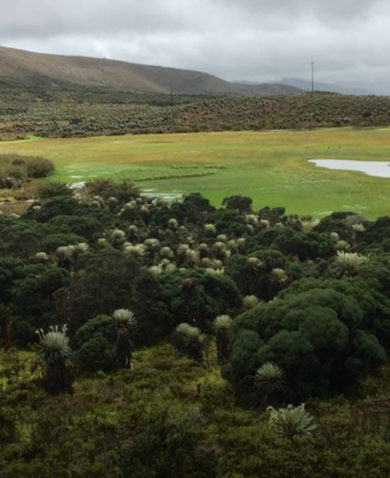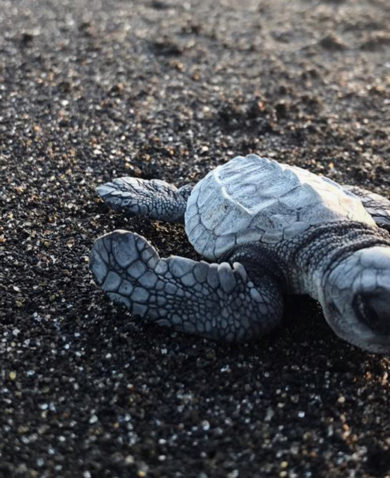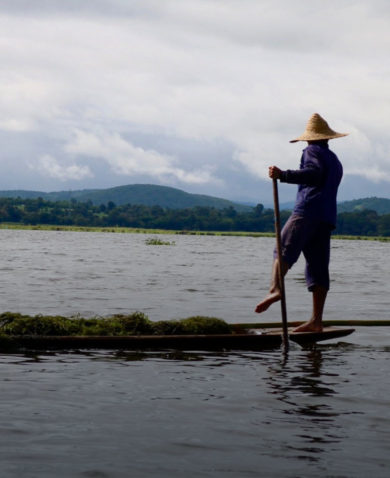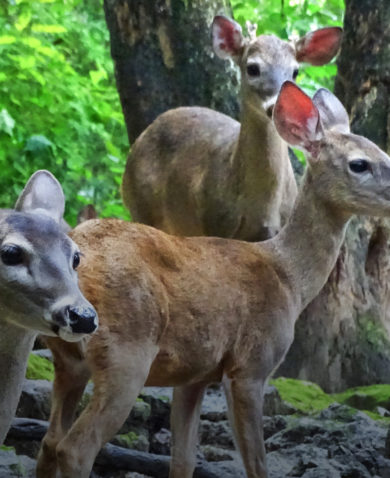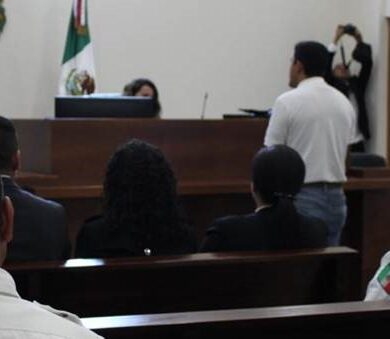Q: How did the small miner’s initiative develop?
A: I started working with Gran Colombia Gold in 2012. At that time, Gran Colombia Gold faced a huge challenge. Hundreds of illegal miners were operating in the region, and the company had a plan to relocate a small town. I found about 150 illegal mines with between 5-200 people at each site. Many illegal groups operate in Segovia and Remedios. And when a company tries to work in this difficult environment, they are challenged by the prostitution, child labor, drug consumption, sexual diseases, lack of education, etc. So I presented the idea of a small miner’s initiative to include these mines in our supply chain.
There was a lot of risk associated with this initiative. In 2012, 90 percent of the population in Segovia and Remedios, Antioquia was illegal miners. You can imagine how difficult it is for a company like Gran Colombia Gold to operate in an informal environment. So the challenge was looking to formalize the economy in general. The vision of the initiative is to formalize the not only the illegal miners, but also to reduce the use of mercury, comply with the labor, safety, and environmental laws, improve education and reduce the dropout rate—which also means eliminating children working in the mines, decreasing the rate of young mothers, and curbing prostitution surrounding the mines.
In the first year of this initiative, we signed three contracts. One contract was with an illegal mining site that had over 1,000 miners. Then in 2013, I was introduced to the USAID-funded BioREDD+ project implemented by Chemonics. We signed a contract with the goal of joining efforts in formalizing 40 illegal mining companies in 18 months. The partnerships was successful and we ended up exceeding our goal. We signed 43 in 18 months. Thirty-three were with Gran Colombia Gold, and another 10 were in surrounding municipalities where Gran Colombia Gold didn’t have the resources to achieve that on our own.
Q: Can you explain some of the complexities addressed through the initiative?
A: You must understand that these miners are learning everyday what they need to do with their employees, what they need to enforce at the mines, what they need to do with taxes. So a significant part of the process is to educate them, and to educate the government. That takes work and time.
There are still a lot of people in their towns that believe that being illegal is good. They do not want to be legal. Yet the level of poverty remains extremely high when you compare it with the money illegal miners have in their pockets. So this initiative is a combination of strategies. It is not only to formalize small miners. We can formalize all the miners in the area, but if we don’t support education in those communities, in order to improve quality of schools, and attract programs from universities that result in better conditions, we could spend all the money we want in formalizing miners, but at the end, we won’t change the cultural mentality. And that is what we need to change. So we supported education on one side – for kids and adults — and on the other side, we supported artisanal miners in their production and operations. Just an example, one of the changes made as a result of this initiative is that all of the miners that have been legalized now have bank accounts. Which is happening for the first time. This partnership helped to educate miners to understand not only how to access to banking, credit, and other bank services.










